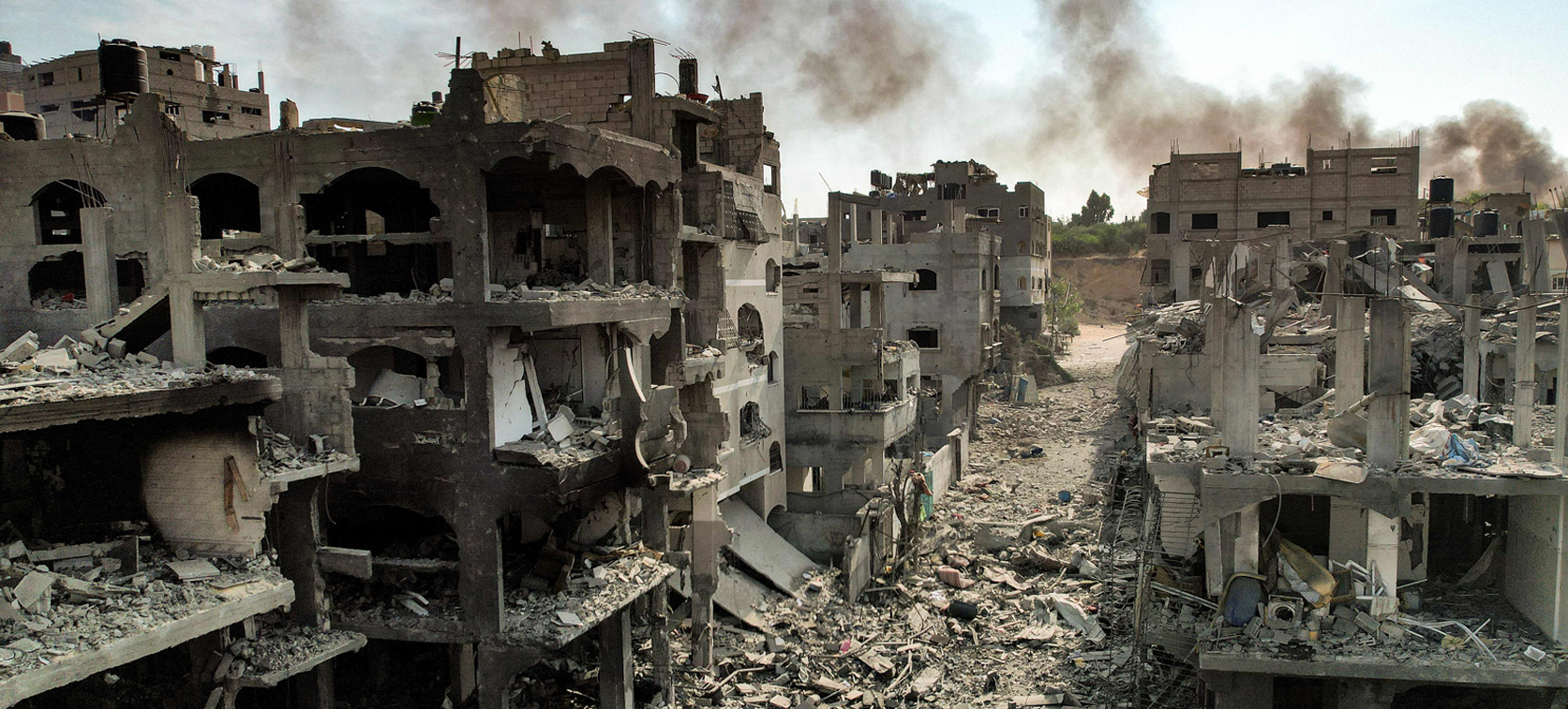The newly announced ceasefire between Israel and Hamas is being celebrated in headlines as a moment of relief, even hailed as a step toward peace. Those who truly have a right to celebrate are the civilians who have been bombed, displaced, and left counting the casualties of a brutal two-year onslaught. Yet the celebrations in media and political circles obscure a harsh truth: this is not peace. It is a pause, carefully orchestrated to maintain a colonial order. This is not about coexistence between two states; it is about the maintenance of one settler project at the expense of an entire nation’s right to exist. Gaza is not a partner in this deal — it is a territory to be managed, controlled, and pacified, while the world pretends diplomacy has been served.
The Myth of Israel’s Strategic Dilemma
Analysts have tried to portray Israel as trapped, torn between military success and political constraints, but this framing misunderstands the nature of the war. Israel’s failure in Gaza is not accidental; it is structural. After nearly two years of relentless bombardment, Israel has failed to eliminate Hamas. The group is weakened, yes, but intact and operational. Its goal of “security” remains unachieved. Even its partial withdrawal is vague and provisional, satisfying no one — not Washington, not Egypt, not even the Israeli right. Reconstruction and humanitarian access remain tightly controlled. Israel wields starvation and destruction as tools of governance, while international observers monitor from the sidelines. The myth of a “strategic dilemma” obscures the truth: Israel’s power lies in perpetual control, and its so-called failures are part of a war that cannot end so long as the colonial project endures.
The Ceasefire as Colonial Maintenance
This ceasefire halts the bombs but preserves the architecture of apartheid. It allows Israel to rebrand itself as restrained, diplomatic, even peacemaking, while it reloads politically and militarily. The cycle is painfully familiar: 2009, 2014, 2021, 2023 — destruction, ceasefire, reconstruction, repeat. Each time, the media calls it a “truce.” Each time, Gaza emerges more devastated, and Israel emerges more entrenched. Humanity should not use the diary of the colonialist to measure Gaza’s history. The war did not begin on 7th October 2023. It began in 1948, with the Nakba, the dispossession of Palestinians, and the establishment of a settler-colonial state. Every ceasefire since has been a continuation of that project, not a break from it. The only thing guaranteed in this ceasefire is that Israel will break it again.
America’s Hand Behind the Curtain
While Israel dominates the headlines, the real architect of this ceasefire is Washington. What is framed as a bilateral Israeli-Palestinian truce is in reality a U.S.-designed regional strategy. Donald Trump has been hailed as the man who “brokered peace,” yet he is also the man who oversaw the conditions under which Palestinians were butchered via proxy, occupation, and blockade. The same hand that enabled the devastation now takes credit for pausing it. Trump’s own declaration makes the messaging clear: “The Arab and Muslim world are in agreement with this plan.” This line reflects the U.S. plan to get all its puppets in the Muslim world aligned. It is not consensus, solidarity, or genuine diplomacy. The ceasefire is an instrument to consolidate American influence across the region, ensuring that Washington’s client states orbit the settler-colonial order it protects.
The Colonial Blueprint, Again
This moment is a reminder that the history of Palestine has always been a history written by outsiders. Foreign powers have repeatedly decided the fate of Palestinians without their consent. In 1916, Britain and France carved the Arab world in the Sykes-Picot Agreement. In 1917, the Balfour Declaration promised a homeland to one people on the land of another. In 1948, the Nakba dispossessed and displaced hundreds of thousands of Palestinians. In 1947, the UN Partition Plan divided Palestine again without consent from its people. The current ceasefire follows the same logic. Gaza’s fate is being drafted in Washington, Tel Aviv, and Doha, with Palestinians relegated to spectators. It is not a resolution. It is colonial maintenance under the guise of diplomacy.
This ceasefire will not bring justice, peace, or security. It does not dismantle the colonial project. It does not restore Gaza’s sovereignty. It does not allow Palestinians to govern their own future. It is a pause engineered to maintain power: a momentary intermission, a cosmetic lull, and a way to manage international criticism while keeping the occupation intact. Until Palestinians reclaim their agency, until the colonial framework itself is dismantled, every ceasefire — including this one — will remain a colonial pause, not a path to peace. There will be no more bombings until the U.S. decides again.
Need Help?
-
[email protected]
-
Follow us on Instagram
-
Follow us on TikTok
